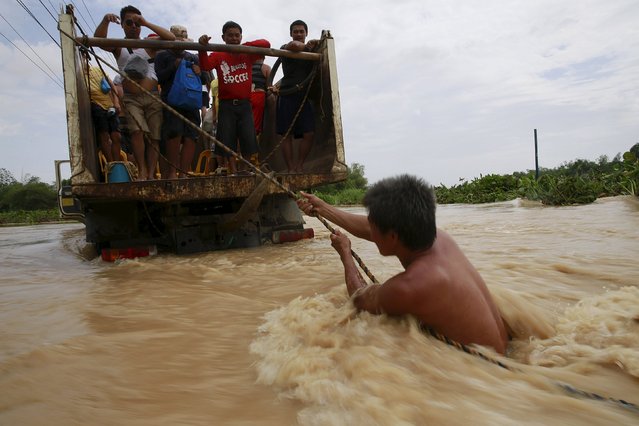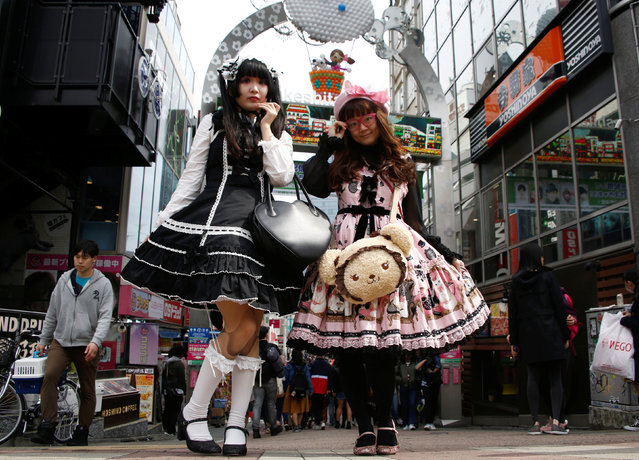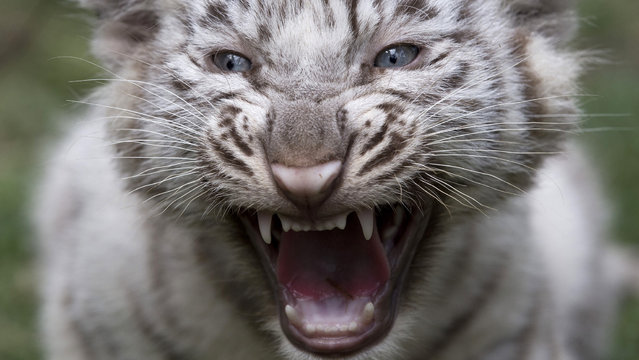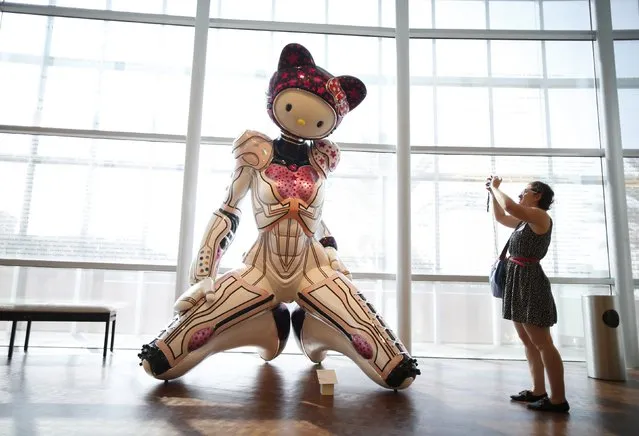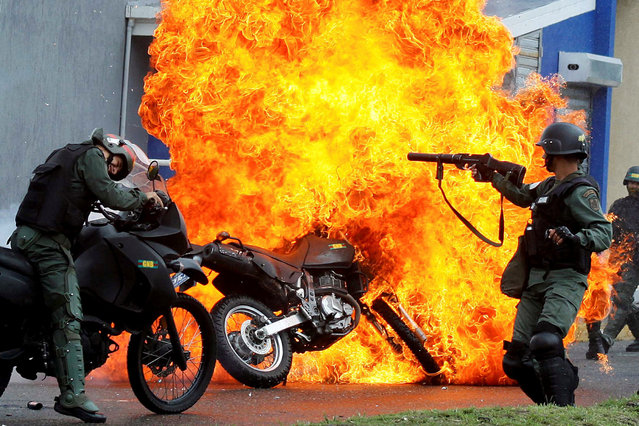
Riot security forces clash with demonstrators as a motorcycle is set on fire during a protest against Venezuelan President Nicolas Maduro's government in San Cristobal, Venezuela May 29, 2017. (Photo by Carlos Eduardo Ramirez/Reuters)
30 May 2017 08:43:00,post received
0 comments


